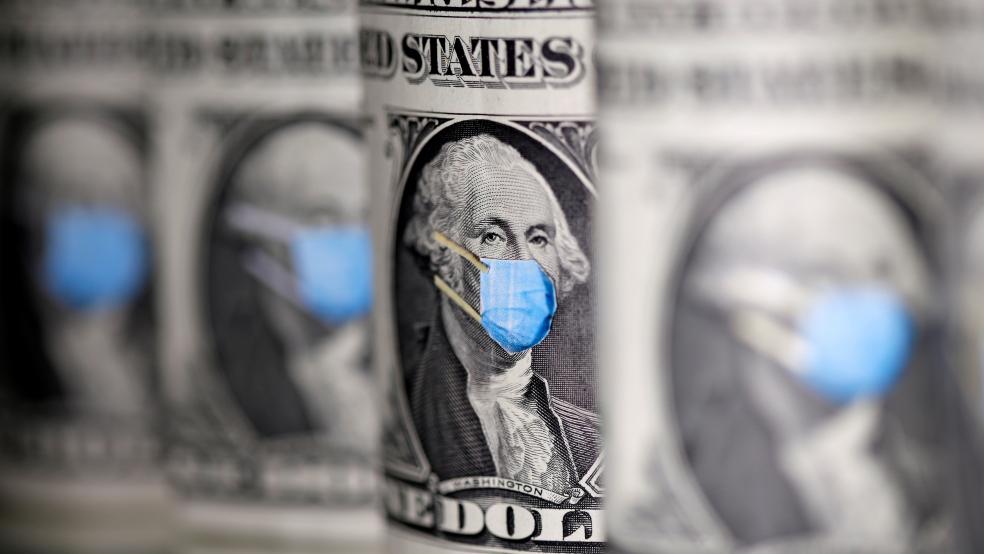The greatest grift in American history? That’s how a new report from the Associated Press characterizes the staggering levels of theft from Covid-19 relief aid programs. Analysts found that crooks may have stolen more than $280 billion from the $4.2 trillion the federal government has dispersed to help individuals and businesses suffering as a result of the pandemic. Another $123 billion has been wasted or misspent, the AP says, bringing the total to about $400 billion – or roughly 10% of all aid provided so far.
The number is expected to grow as more scams are uncovered, even as the government continues to distribute the remaining $1 trillion from the total of $5.2 trillion Congress provided during the pandemic.
“How could so much be stolen?” asks the AP’s Richard Lardner. “Investigators and outside experts say the government, in seeking to quickly spend trillions in relief aid, conducted too little oversight during the pandemic’s early stages and instituted too few restrictions on applicants. In short, they say, the grift was just way too easy.”
Thieves came from far and wide and include some involved in organized crime groups from around the world. But more prosaic figures were involved as well, such as a soldier in Georgia, a pastor in Texas and a former state lawmaker in Missouri. Identity theft has been a common tactic, with thieves collecting money in the name of people both dead and alive. And lots of small businesses, some fictitious or created purely for the purpose of graft, pulled in cash despite being ineligible for aid.
The U.S. is conducting thousands of investigations into fraudulent payments, and more than 2,230 people have been charged so far. Government estimates of the total value of the theft from the programs are lower, but Inspector General Michael Horowitz, who leads the federal Pandemic Response Accountability Committee, told the AP that fraud is clearly in the range of tens of billions of dollars, and could top $100 billion after all is said and done. Still, Horowitz said it will take years of review and analysis until officials know for sure.
What about next time? Looking ahead, experts say there is plenty the government could do to reduce fraud in any future emergencies. For example, although time was of the essence in the early days of the pandemic, the Small Business Administration could have attempted to weed out fraudulent borrowers by using historical tax data to verify applicants – something the agency was forbidden to do under the terms of the CARES Act, a $2.2 trillion stimulus bill signed into law by President Donald Trump in March 2020. That restriction was later revoked, but not before billions of dollars were given to borrowers who self-certified their legitimacy.
“If you open up the bank window and say, give me your application and just promise me you really are who you say you are, you attract a lot of fraudsters and that’s what happened here,” Horowitz said.
Gene Sperling, a former director of the National Economic Council who now oversees the implementation of the $1.9 American Rescue Plan in the Biden White House, told the AP that in the future, the federal government will need to both move quickly and maintain standards for providing relief. “The prevention strategy going forward is that in a crisis, you can focus on fast delivery to people in desperate situations without feeling that you can only get that speed by taking down common-sense anti-fraud guardrails,” he said.




